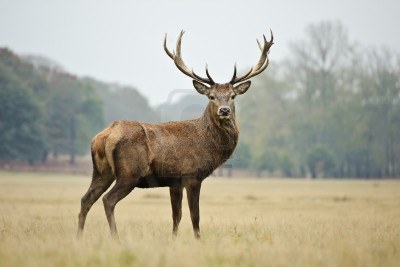• Examining the meat quality parameters (color, dripping, cooking, grill juice loss, and tenderness) in roe deer, red deer, chamois and wild boar
• Are there differences in the ingredients and fatty acid patterns in the seasons (winter-summer)
• Are there differences in intramuscular fat between wild species during the seasons (winter-summer)
• Are there differences in the fatty acid patterns of wild and farm animals
Possibilities for utilizing the research results:
The topic of “healthy, natural nutrition” appears in the media every day today. The largely stress-free lifestyle of our game in the wild, its unrestricted freedom of movement and its varied diet of herbs and grasses are directly responsible for the delicious taste of the game meat. Especially in this context, game meat is very important as a high-quality natural product, as it comes from animals in the wild. Game meat is low in cholesterol and has a very low fat content; it is more tender than the meat from farm animals. It is rich in protein, its protein content exceeds that of meat from slaughtered animals. Game meat is also one of the most valuable foods due to its specific structure and composition. Its taste and tenderness make it a delicacy. Venison is also one of the most animal-friendly meats, making it a food of the highest ethical quality. In the interests of correct consumer information and consumer protection, a clear conceptual separation between “game from the wild” and “closed game farming” is required, as the latter differs from game from the wild in terms of both ethical and ecological quality. In the interests of food safety, which consumers rightly demand, hunters must do everything they can to ensure that only hygienically perfect game meat is brought onto the market. Game meat is a niche product with a small market share, but this information can help to better position the game product on the market and increase consumer interest in it.
Characterization of the novelty and the advantages compared to the current state of knowledge:
There are several studies in the literature that indicate that low intramuscular fat contents are associated with a poorer sensory evaluation (juiciness, tenderness, taste). There are few studies regarding meat quality (color, water-binding capacity, tenderness, fatty acid pattern); the studies primarily examine meat quality parameters such as residual blood content, pH value, microorganisms and water-binding capacity. However, studies on the connection between game species, body condition, season and intramuscular fat content are almost entirely lacking in wild game meat.
At the HBLFA Raumberg-Gumpenstein, the issue of product quality of agricultural products (meat, milk) has been a focus since 2007. In order to support the hunting industry and gated game keeping in the area, it is essential to carry out extensive literature research on this topic. Further projects at the LFZ Raumberg-Gumpenstein can then build on the results of this research.
Further information on project management can be found in the database for research and sustainable development (Dafne) -> Link







